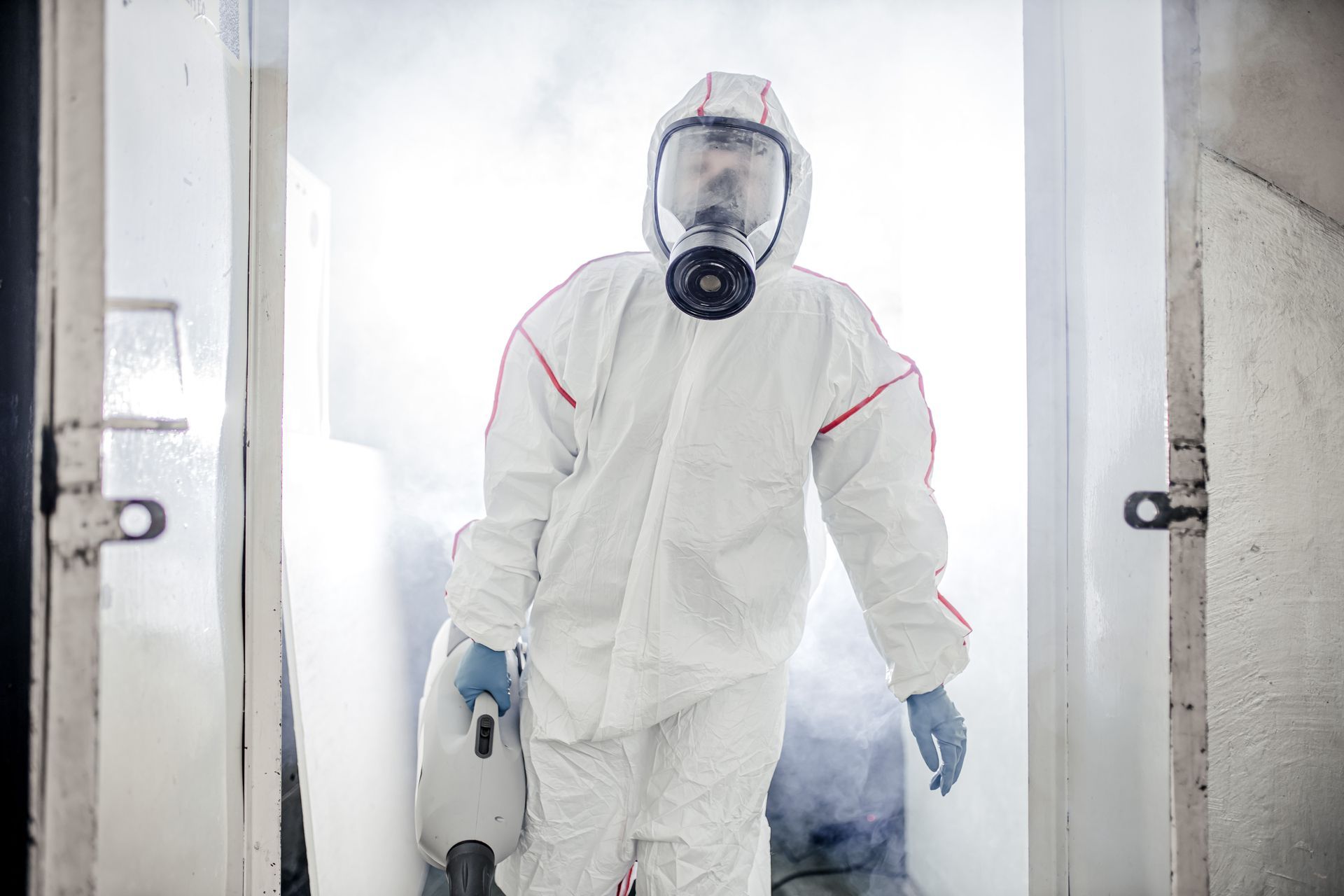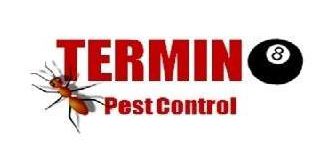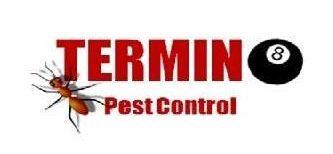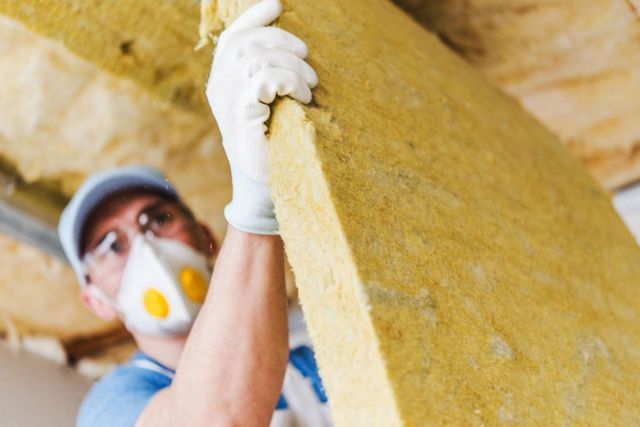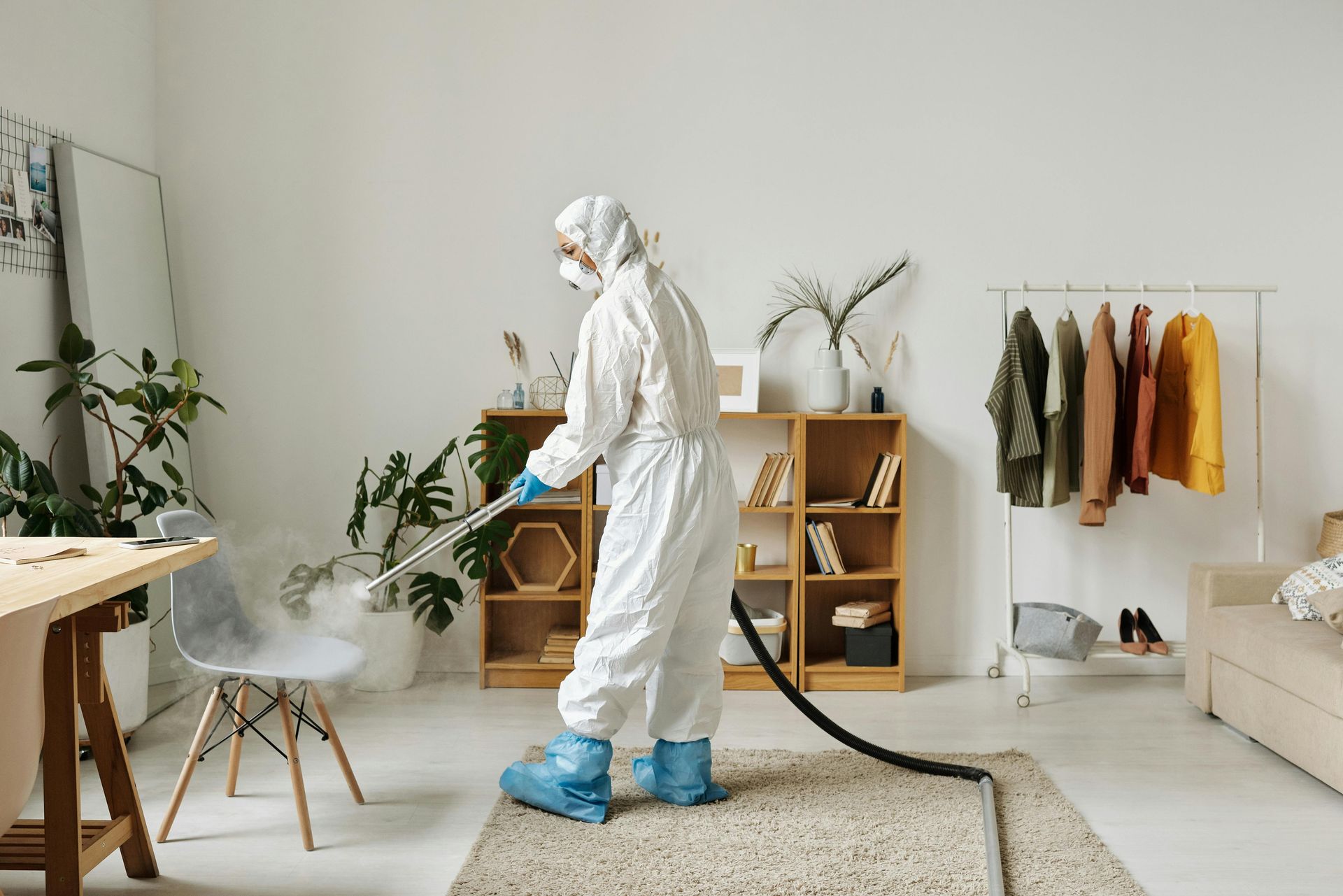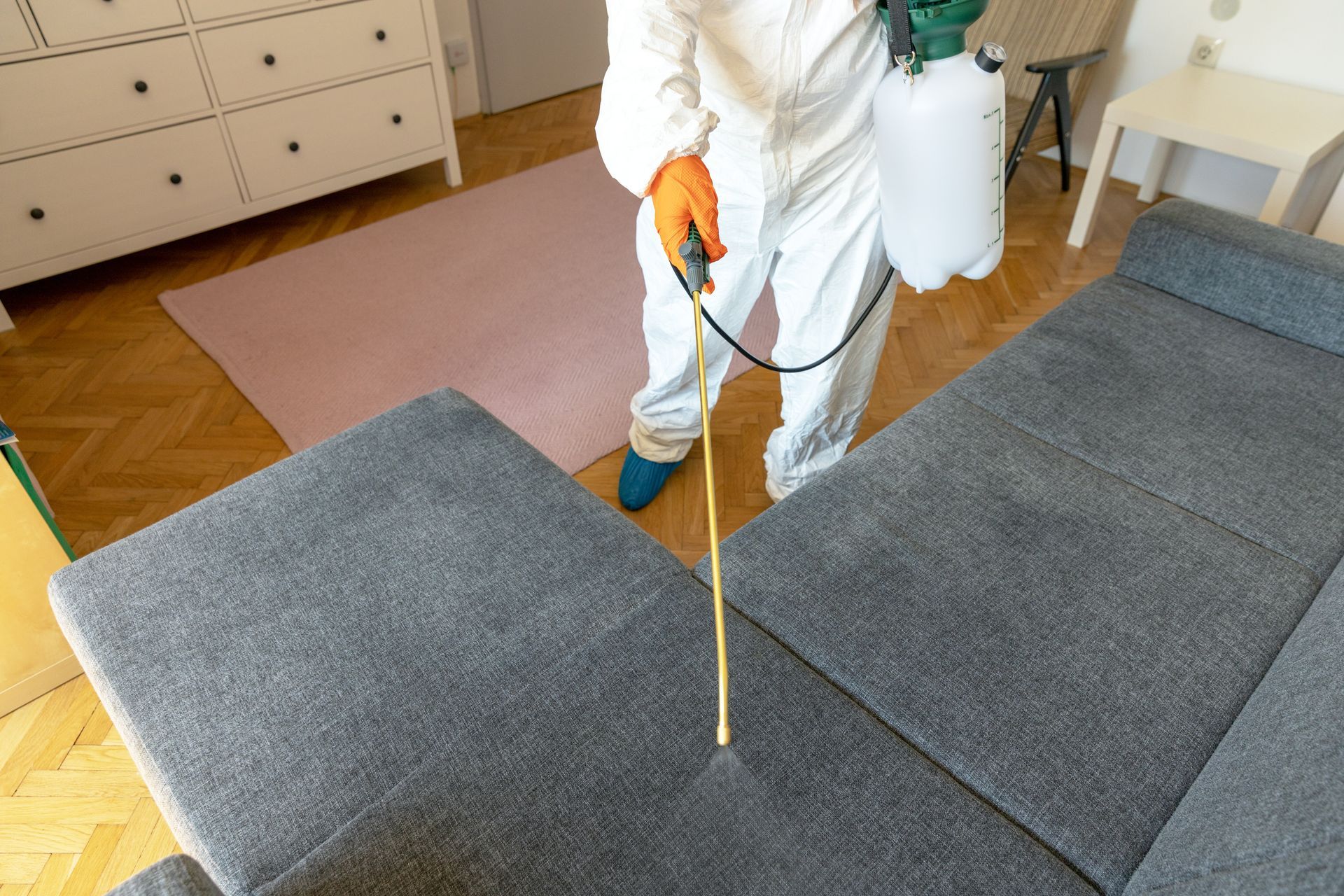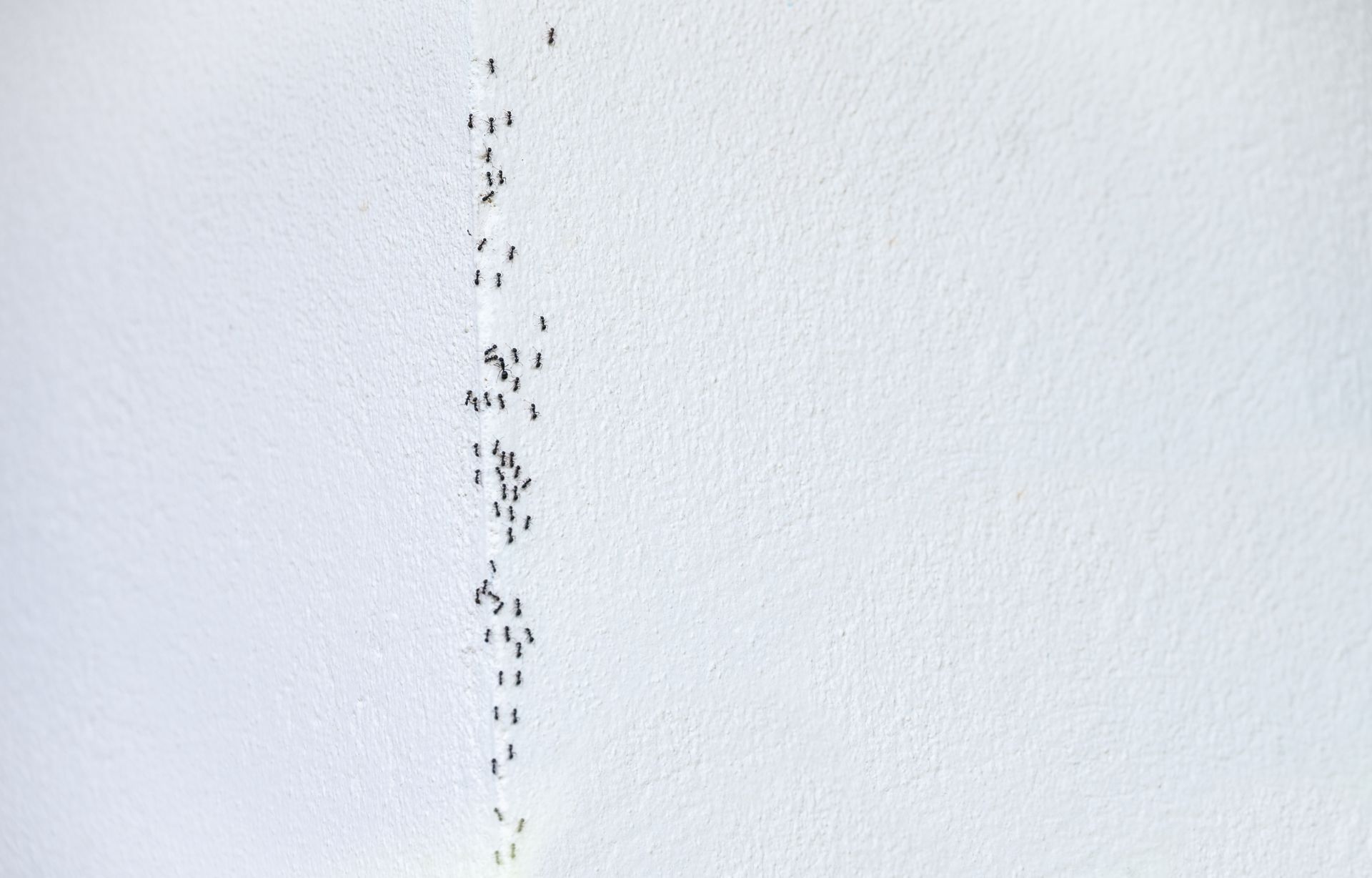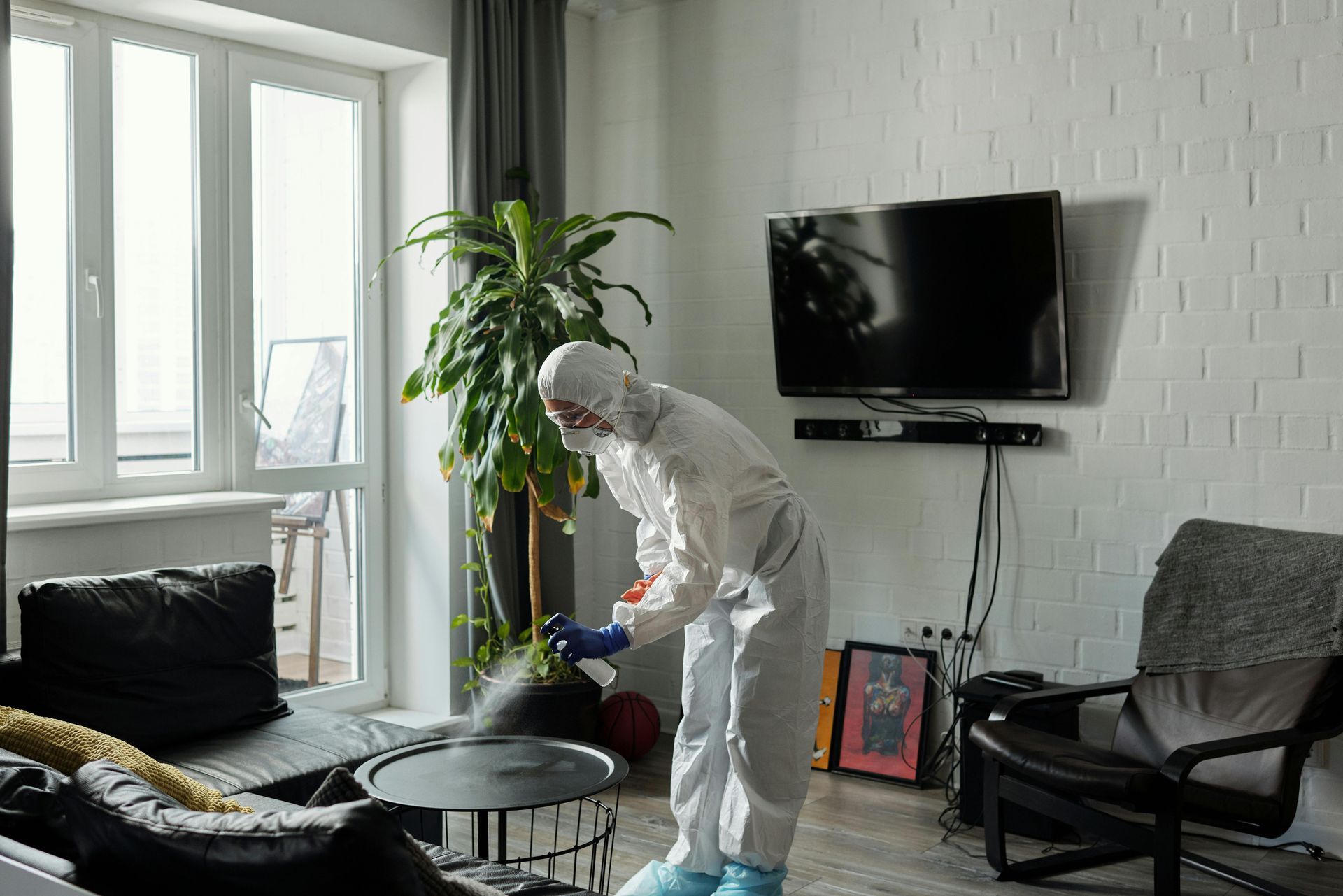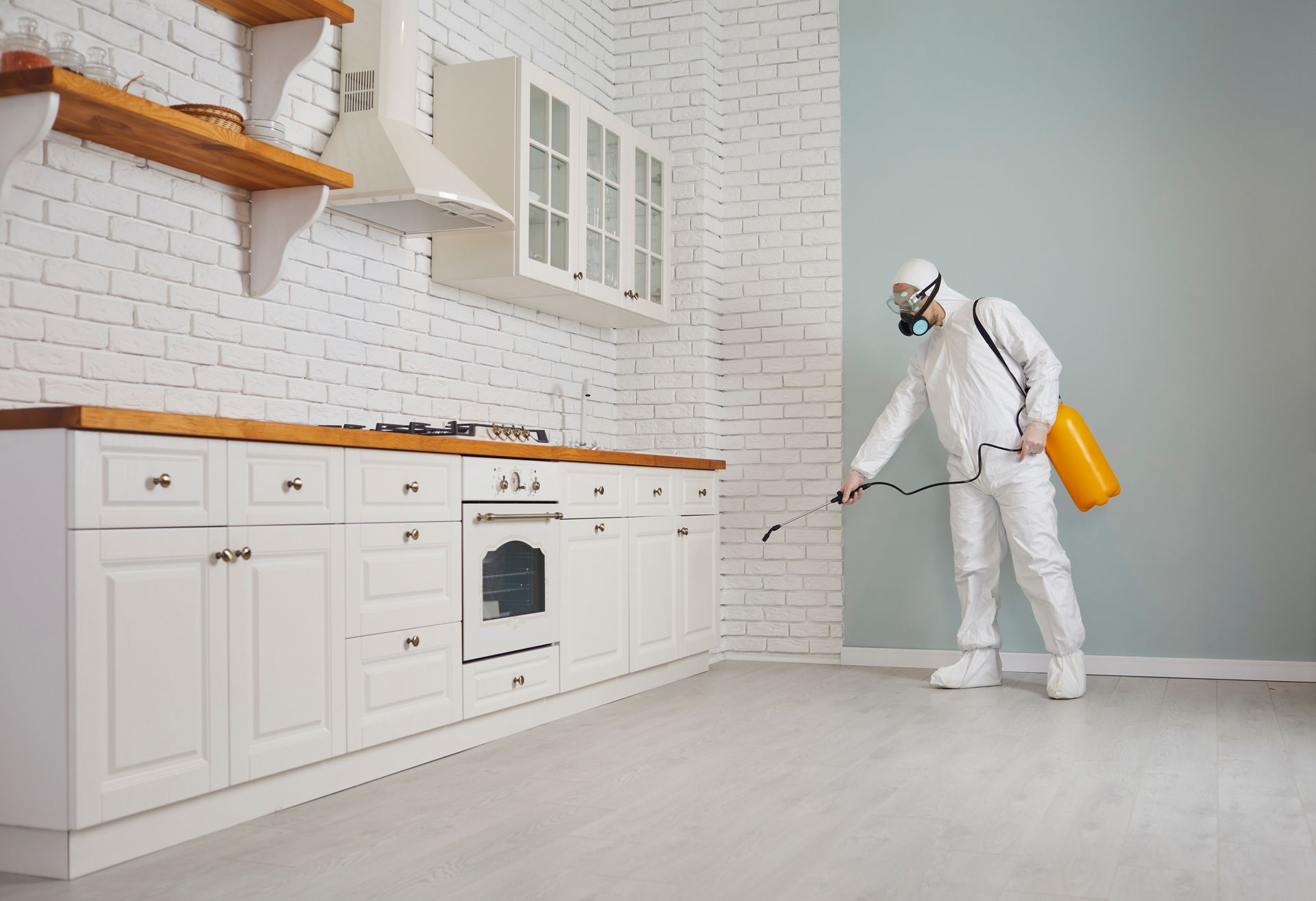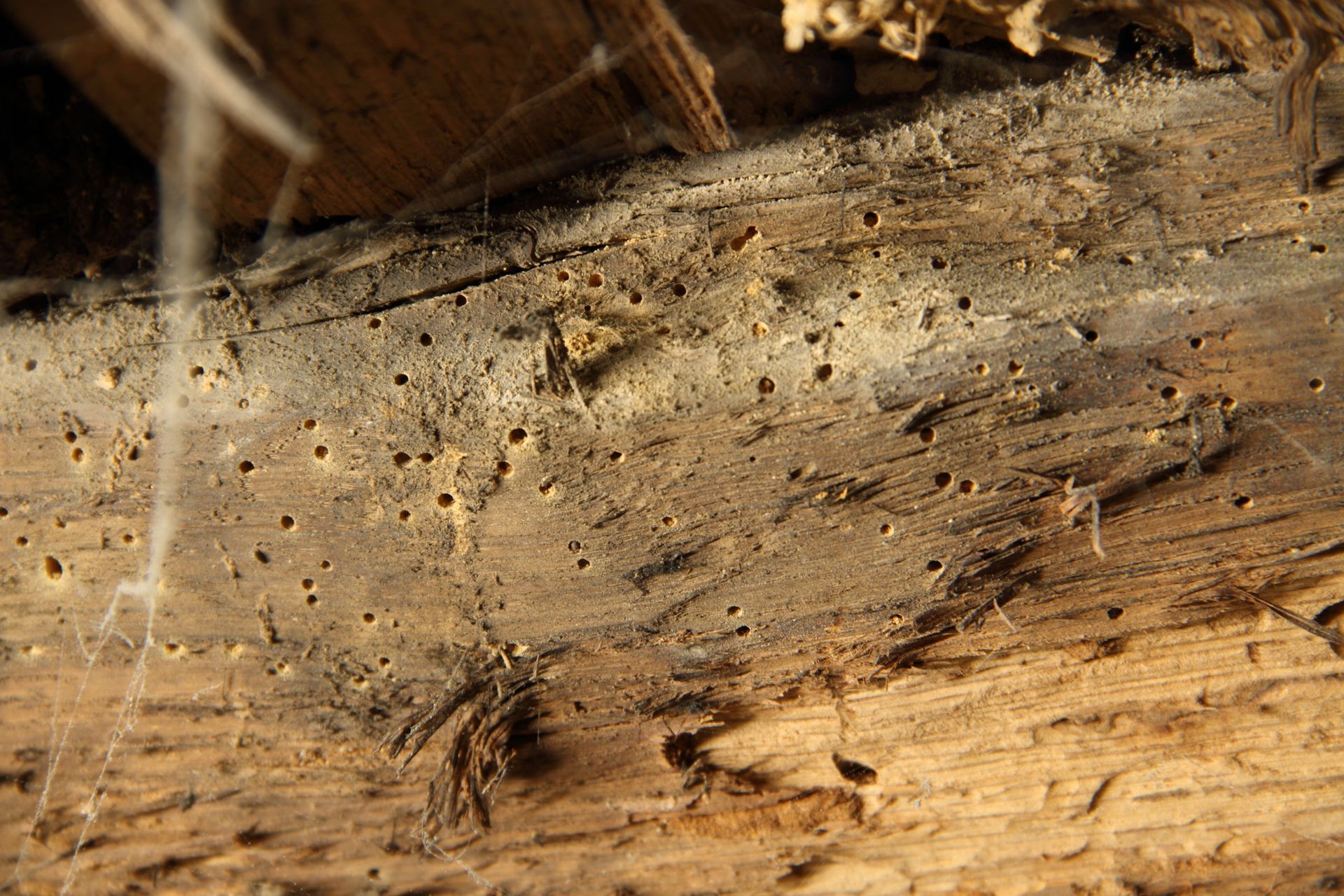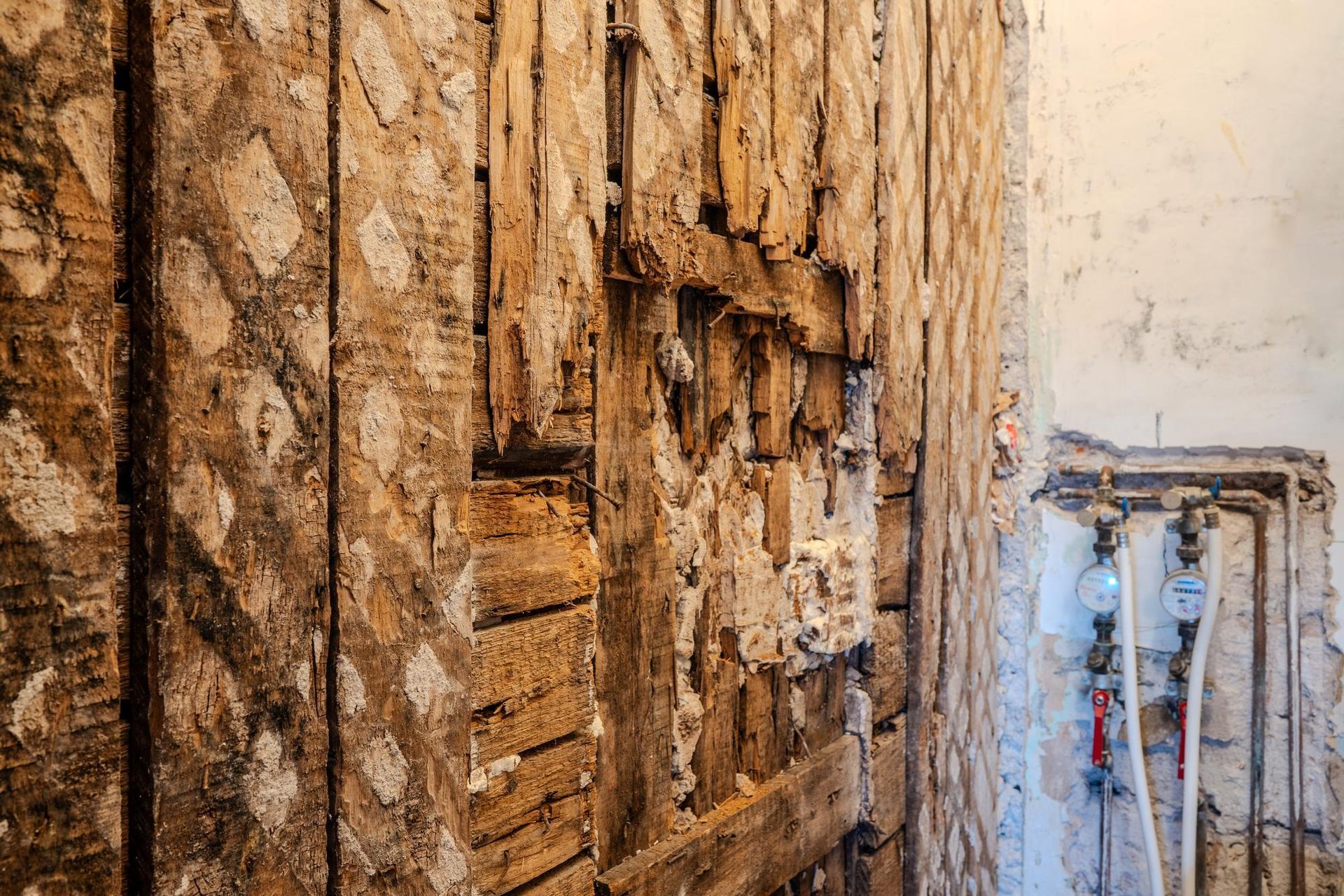Signs That Your Insulation Needs to be Replaced
Insulation Replacement
plays a crucial role in maintaining the comfort and energy efficiency of your home. Over time, however,
Home Insulation Replacement can deteriorate, leading to reduced effectiveness and potential problems. Recognizing the signs that your insulation needs to be replaced is essential for ensuring your home remains comfortable and energy-efficient. In this blog post, we’ll cover the key indicators that your insulation may be due for replacement and what you can do about it.
The Importance of Proper Insulation
Proper insulation is vital for several reasons:
- Energy Efficiency: Insulation helps to keep your home warm in the winter and cool in the summer, reducing the need for excessive heating and cooling.
- Comfort: Well-insulated homes maintain a more consistent indoor temperature, enhancing overall comfort.
- Cost Savings: Effective insulation can lead to significant savings on energy bills by reducing heat loss and gain.
- Noise Reduction: Insulation also helps in soundproofing your home, minimizing noise from outside and between rooms.
Understanding the signs that your insulation needs replacement is essential for maintaining these benefits and avoiding costly repairs.
Common Signs That Your Insulation Needs Replacement
Recognizing the symptoms of deteriorating insulation can help you address the problem before it worsens—and may signal the need for professional Insulation Replacement Services.
Uneven Temperatures
- Description: If you notice that some rooms in your home are significantly warmer or cooler than others, it could indicate a problem with your insulation. Poor insulation can lead to uneven heat distribution.
- Impact: This temperature imbalance can make your home less comfortable and lead to increased energy use as your heating and cooling systems work harder to compensate.
High Energy Bills
- Description: A sudden increase in your energy bills might suggest that your insulation is no longer performing efficiently. Ineffective insulation allows heat to escape or enter more readily, causing your HVAC system to work harder.
- Impact: Over time, this increased energy demand can lead to higher utility costs and put additional strain on your heating and cooling systems.
Visible Damage
- Description: Inspect your insulation for visible signs of damage. This includes:
- Torn or compressed insulation: Insulation that is damaged or has settled unevenly may need replacement.
- Discoloration: Stains or discoloration can indicate moisture problems or other issues that compromise the effectiveness of your insulation.
- Impact: Damaged insulation can lead to decreased thermal performance and may need to be replaced to restore optimal efficiency.
Moisture and Mold Issues
- Description: Moisture in your insulation, whether from leaks, condensation, or high humidity, can lead to mold growth and reduced insulation performance. Look for signs of moisture or mold on your insulation and surrounding areas.
- Impact: Moldy or damp insulation can pose health risks and decrease the effectiveness of your insulation. Replacing it is crucial for maintaining a healthy and efficient home environment.
Pest Infestations
- Description: Insulation can attract pests such as rodents and insects, especially if it is damaged or deteriorated. Signs of pest activity in your insulation include droppings, nests, or gnaw marks.
- Impact: Pests can cause significant damage to insulation materials and may lead to further infestations if not addressed promptly. Replacing contaminated insulation is often necessary to eliminate pests and restore insulation performance.
How to Inspect Your Insulation
Inspecting your insulation regularly helps identify problems early and maintain your home’s efficiency. Here’s how to conduct a basic inspection:
- Check Attics and Crawl Spaces: Inspect these areas where insulation is typically installed. Look for signs of damage, moisture, or pest activity.
- Examine Insulation Materials: Check for issues like compression, gaps, or visible damage. If the insulation is loose or missing in spots, it may need replacement.
- Look for Signs of Mold or Moisture: Check for any discoloration, damp spots, or mold growth on the insulation or surrounding areas.
- Monitor Energy Bills: Keep track of your energy bills for any unusual spikes, which may indicate insulation problems.
The Benefits of Replacing Old Insulation
Replacing old or damaged insulation offers several advantages, especially when done through professional Insulation Replacement Services:
- Improved Energy Efficiency: New insulation can significantly enhance your home’s energy efficiency, leading to lower utility bills.
- Enhanced Comfort: Upgraded insulation ensures a more consistent indoor temperature, making your home more comfortable year-round.
- Healthier Environment: New insulation can help prevent moisture-related issues, such as mold, and improve indoor air quality.
- Increased Home Value: Investing in insulation replacement can boost your home’s resale value by enhancing energy efficiency and comfort.
Trust Termin 8 Pest Control for Your Insulation Needs in Murrieta, CA
If you suspect that your insulation needs to be replaced, don’t wait until the problem worsens. At
Termin 8 Pest Control, we offer comprehensive services in Murrieta, CA, including
insulation replacement,
bee and wasp removal, and
sanitizing services. Our experienced team is here to help you maintain a comfortable and efficient home. Call us today at
(951) 609-0014 to schedule an inspection or get more information about our services.
FAQs
How can I tell if my insulation is old and needs replacing?
Look for signs such as uneven temperatures, high energy bills, visible damage, moisture or mold issues, and pest infestations. These indicators suggest that your insulation may be compromised and in need of replacement.
How often should I inspect my insulation?
It’s a good idea to inspect your insulation at least once a year, especially before and after extreme weather conditions. Regular checks can help identify issues early and maintain your home’s efficiency.
Can I replace insulation myself, or should I hire a professional?
While some minor insulation tasks can be DIY, replacing insulation often requires professional expertise to ensure proper installation and to handle any underlying issues. It’s best to consult a professional for a thorough inspection and replacement.
What types of insulation are available for replacement?
Common types of insulation include fiberglass, spray foam, cellulose, and mineral wool. The best type depends on your home’s needs and budget. A professional can help you choose the most suitable option.
How does insulation replacement affect my energy bills?
Replacing old insulation with new, more efficient materials can lead to significant energy savings by improving your home’s thermal performance and reducing the workload on your HVAC system.
